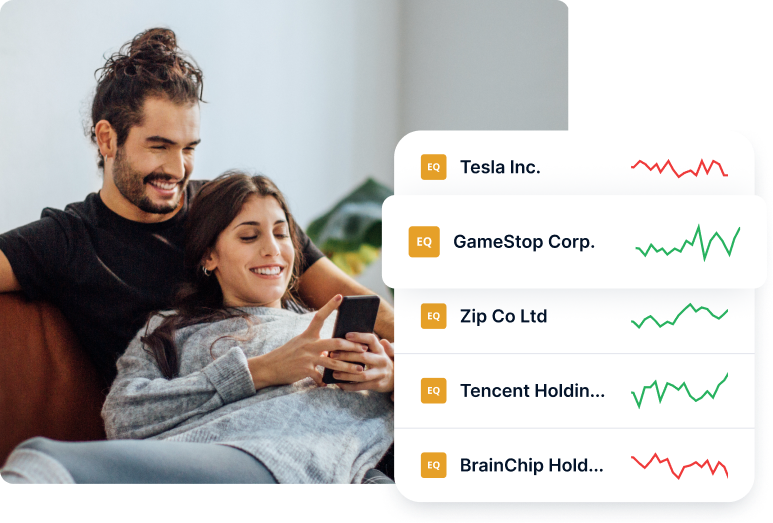
The forex market is a busy place, with trillions in daily transaction volume. Keeping track of who makes what trades might seem an impossible task, but in fact it is normally more simple than you might think. Many different parties, from retail traders looking for an edge through to regulatory bodies seeking to limit market risk, are engaged in the study of market participants and their trading habits; in other words, market structure. Market structure involves knowing which participants are active in a market, how they trade and when, and who they trade with. The same rates and trade opportunities are not open to all participants, with the hierarchy largely determined by size.
What any investigation into overall market structure soon finds is that the various players can be categorised into neat groups. The client-facing departments of banks and financial services firms are often ordered in a similar way, as the different groups often use their own platforms, and have particular requirements. Roughly divided into three by typical order size, the three groups are institutions, corporates, and retail.
Institutional clients include pension funds, banks, national governments and international organisations like the World Bank or UN. These have vast budgets, operate multinationally, and can make huge FX transactions. Some large corporates with immense treasury departments, or financial services subsidiaries (like General Motors or Apple) may also fall in this category. They will make trades involving hundreds of millions or billions of dollars, and so demand near-zero spreads and fast execution. Normally this type of client is offered very generous credit terms. Their FX requirements are varied and include hedging and payments. Hedge funds and other large traders including HFT (High Frequency Trading) firms or market makers are also included here, and their market activity involves outright speculation. Market makers are those firms that offer to buy and sell a security at a spread, and it is here that forex brokers and banks will ultimately source their liquidity.
The middle rank is the most varied. Major corporates, whether in industry or services, sit here, alongside the very largest private banking clients known as ultra-high net worth individuals. Trades in this area would normally involve millions to tens of millions, with the largest corporates possibly reaching the hundreds. They are differentiated from institutional investors in that they are not financial players themselves, although corporate treasuries carry out many of the same functions. FX requirements here are usually linked to hedging and payments, and can be considerable. Even nationally-focused corporates might have FX requirements as they may need to buy parts or materials overseas, or to protect themselves against strength in their home currency if they are exporters.
The final segment is retail, which in this definition also includes small businesses. There are several subtypes of the retail segment, reflecting its diversity. Small businesses are similar to corporates, but smaller, and typically operating only in one country. They will have FX requirements linked to payments and hedging. Personal retail traders are divided into day-traders, including professional investors, and one-off currency buyers. One off purchases are typically executed at quite poor rates compared to all other types, unless they are very large. Day traders are an interesting segment as they require competitive rates while still being relatively small clients. Banks and brokers such as Saxo service these clients with dedicated accounts, including charting and other software necessary to trade effectively.
In terms of overall contribution to traded volumes, the overwhelming majority is down to the first two segments. Financial institutions are the largest single buyers, with central banks and national governments extremely active in the FX market. Corporates provide the bulk of large players by number, and the largest among them can rival some institutional players in volume of orders. Both of these client types are able to command extremely low spreads, with FX trading (especially simple spot FX) often offered at cost or even for a loss by banks and brokers. They do this in the hope or tacit agreement that they will in return win more valuable business, such as FX options or corporate finance solutions.

Retail traders are well served by a range of options. Because their orders are tiny in comparison with institutional and corporate players, they do not use the same platforms. However, fierce competition for the retail market has been effective in driving down rates in recent years – a day trader does not have to pay the same abysmal spreads you may have seen when buying small quantities of cash to go on holiday. Brokers are able to offer these spreads because they themselves are benefiting from the aggressive pricing offered to financial institutions, and indeed some brokers are market makers themselves in various currencies.
It is important to understand the different participants, and this can even influence your trading style. When major firms make a trade, they often have to divide up the total sum over time in order to avoid provoking adverse moves. This is not a concern for retail traders, whose dealings slip into the background noise of day to day liquidity. Unless you choose to trade very exotic currency pairs, you are unlikely to ever come across serious liquidity issues, a stark contrast with the lower end of the stock market or with certain fixed income products.
Also, being aware of your own position in the markets (the bottom), allows you to take a longer view of price action. Retail traders are very numerous but they make up a tiny fraction of overall traded volume, even after taking into account leverage. For this reason, it is important to attend to your trading costs and fees, as unlike a financial institution they are likely considerable. Removing costs is an equally if not more effective way of improving your trading returns, and one that all retail forex traders should consider.




